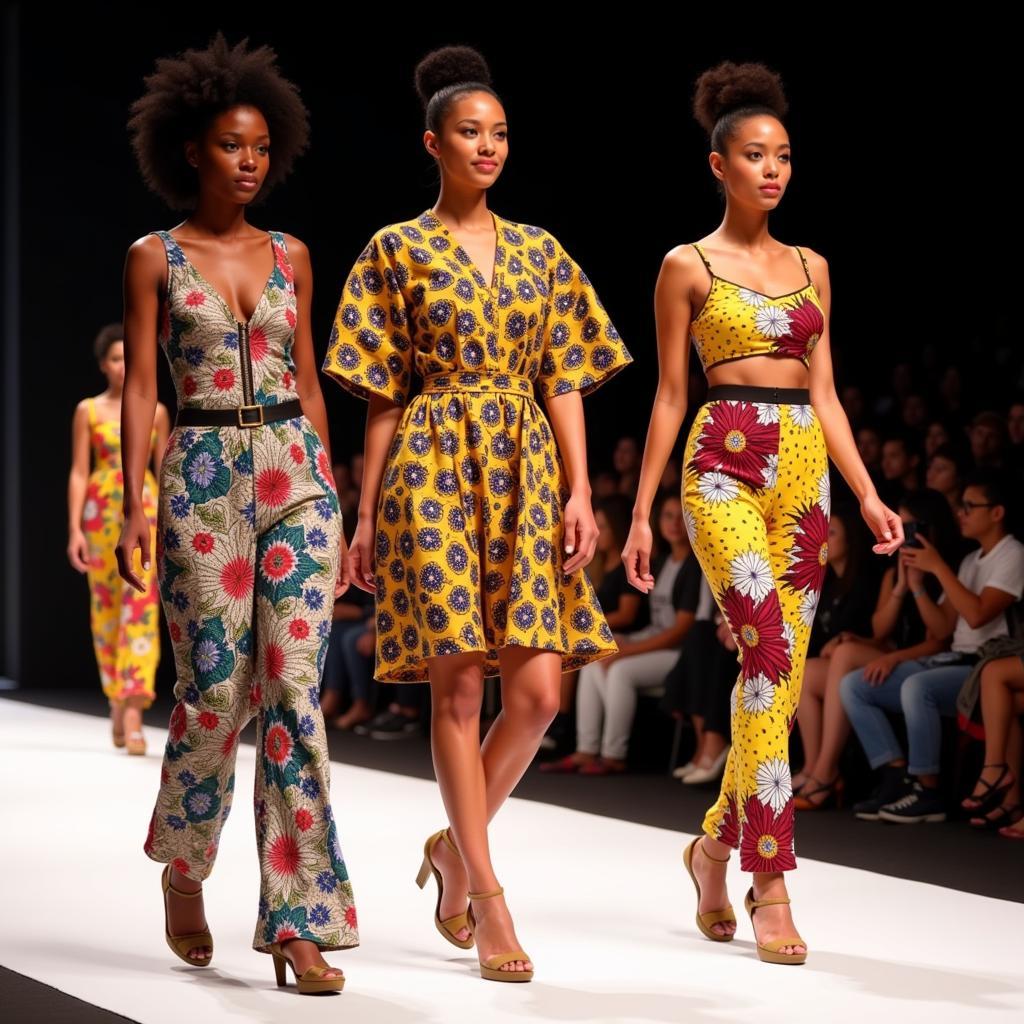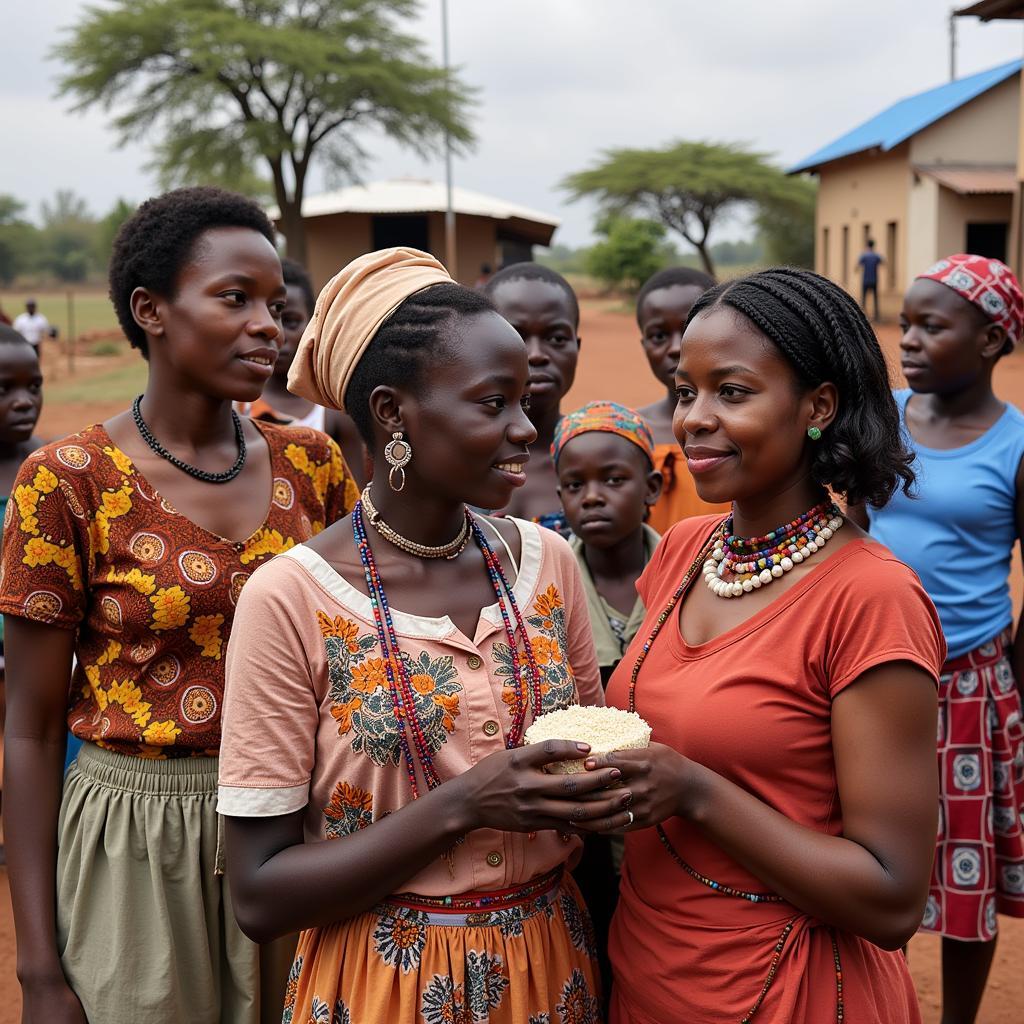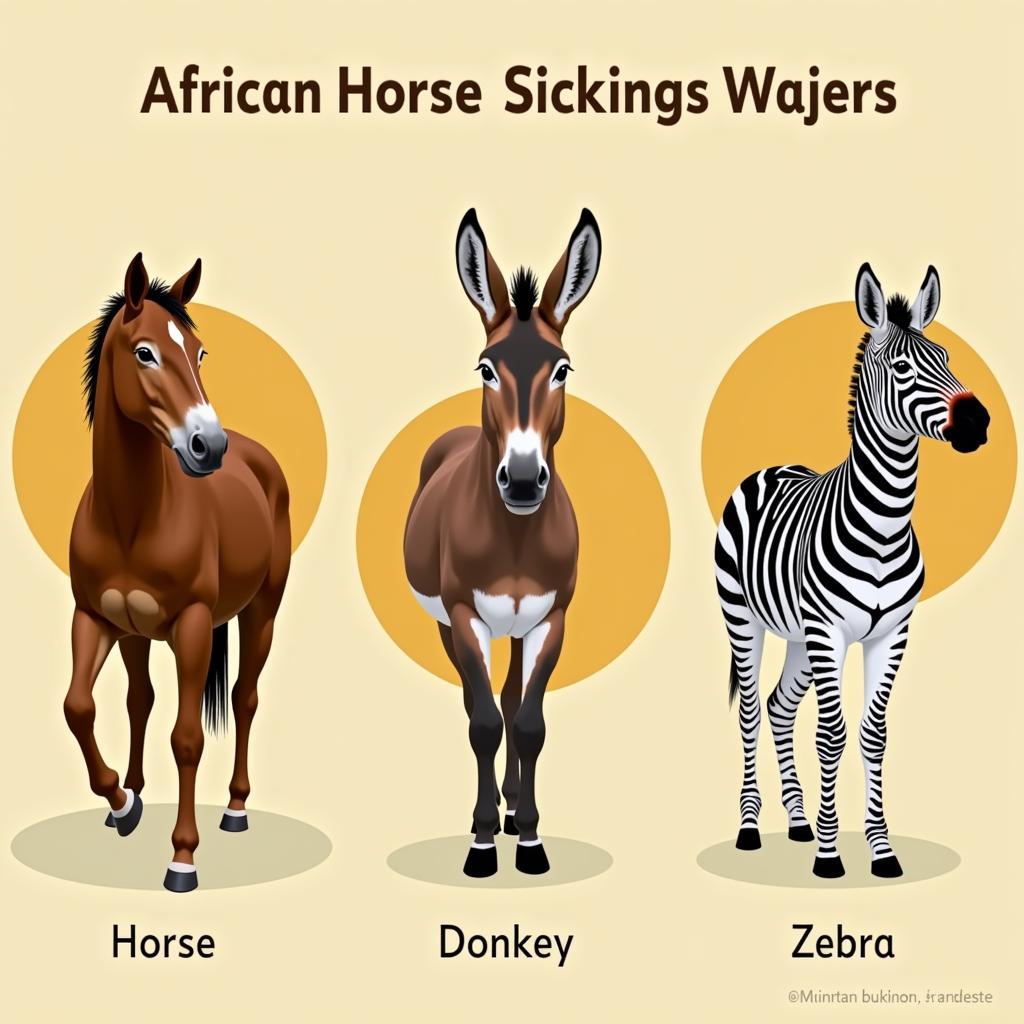Navigating the Vibrant World of African Fabric Manufacturers
The African textile industry is experiencing a renaissance, with African Fabric Manufacturers playing a pivotal role in this resurgence. From intricate patterns to bold colors, African fabrics are captivating the world with their unique beauty and cultural significance. This guide delves into the vibrant world of African fabric production, exploring the artistry, the industry, and the impact these textiles have on the global stage.
A Legacy Woven in Thread: The History of African Fabrics
African fabrics are more than just pieces of cloth; they are tangible representations of history, tradition, and heritage. For centuries, communities across the continent have developed distinct weaving and dyeing techniques, passed down through generations. Each region boasts its own signature styles and motifs:
- West Africa: Known for vibrant wax prints, indigo dyeing (like the iconic blue hues of Mali’s bogolanfini), and hand-loomed Aso Oke fabric from Nigeria.
- East Africa: Characterized by the colorful kanga, often featuring Swahili proverbs, and the intricate beadwork of the Maasai people.
- Southern Africa: Recognized for the bold geometric patterns of Shweshwe fabric, traditionally dyed indigo but now available in a spectrum of colors.
From Loom to Label: The Manufacturing Process
The creation of African fabrics is a fascinating blend of traditional craftsmanship and modern techniques:
- Design Inspiration: Designs often draw inspiration from nature, folklore, and everyday life, reflecting the rich cultural tapestry of the continent.
- Fiber Selection: Cotton remains a popular choice, prized for its breathability and versatility. However, silk, raffia, and even bark cloth are also utilized, showcasing the diversity of materials.
- Dyeing Techniques: Both natural and synthetic dyes are used. Natural dyeing, using plants, fruits, and insects, creates unique hues and often holds cultural significance.
- Weaving & Printing: Traditional handlooms continue to produce exquisite fabrics, while modern factories utilize advanced machinery for large-scale production. Techniques like batik (wax-resist dyeing) and screen printing contribute to the diverse array of patterns.
The Rise of African Fabric Manufacturers: A Global Impact
Today, African fabric manufacturers are experiencing unprecedented global recognition. Factors contributing to this rise include:
- Increased Demand for Ethical Fashion: Consumers are increasingly conscious of the origins and sustainability of their clothing. African fabric manufacturers, often employing fair trade practices and eco-friendly techniques, align with this ethical shift.
- The Power of Social Media: Platforms like Instagram and Pinterest have provided a global stage for African designers and artisans to showcase their work. This exposure has fueled international demand for African prints.
- A Celebration of Cultural Identity: Wearing African fabrics has become a powerful statement of identity, both within the continent and among the diaspora.
“The beauty of African fabrics lies not just in their aesthetic appeal but in the stories they tell.” – Abena Osei, Textile Historian
African fabric manufacturers are preserving cultural heritage while driving economic growth. They empower local communities, provide employment opportunities, and contribute to the continent’s burgeoning creative economy.
Finding Your Perfect Print: Sourcing African Fabrics
- Direct from the Source: Traveling to Africa offers the opportunity to experience the vibrancy of local markets and purchase fabrics directly from artisans.
- Online Marketplaces: Numerous online platforms connect global buyers with African fabric manufacturers and retailers, making it easier than ever to access these unique textiles.
- Supporting Sustainable Brands: Seek out brands that prioritize fair trade practices, ethical sourcing, and environmental consciousness.
The Future of African Fabrics: A Tapestry of Innovation
The future of African fabric manufacturers appears bright, fueled by a global appreciation for their artistry and a commitment to ethical and sustainable practices. As the world embraces the beauty and cultural significance of African fabrics, these textiles are poised to leave an even more vibrant mark on the global fashion landscape.
FAQs about African Fabric Manufacturers
1. What makes African fabrics unique?
African fabrics are unique due to their vibrant colors, intricate patterns, and cultural significance. Each region in Africa has its own traditional weaving and dyeing techniques, resulting in a diverse range of styles.
2. Are African fabrics expensive?
The cost of African fabrics varies depending on the type of fabric, the complexity of the design, and the production method. However, there are options available for every budget, from affordable mass-produced fabrics to high-end handwoven textiles.
3. How can I incorporate African fabrics into my wardrobe?
African fabrics are incredibly versatile and can be incorporated into any wardrobe. Consider adding a statement piece like a dress, skirt, or top. You can also use African fabrics for accessories like scarves, headwraps, or bags.
 African Fashion Show
African Fashion Show
Need help sourcing the perfect African Fabric for your next project?
Contact us! We offer expert guidance and connect you with reputable African fabric manufacturers.
Phone Number: +255768904061
Email: kaka.mag@gmail.com
Address: Mbarali DC Mawindi, Kangaga, Tanzania.
Our dedicated customer service team is available 24/7 to assist you.


